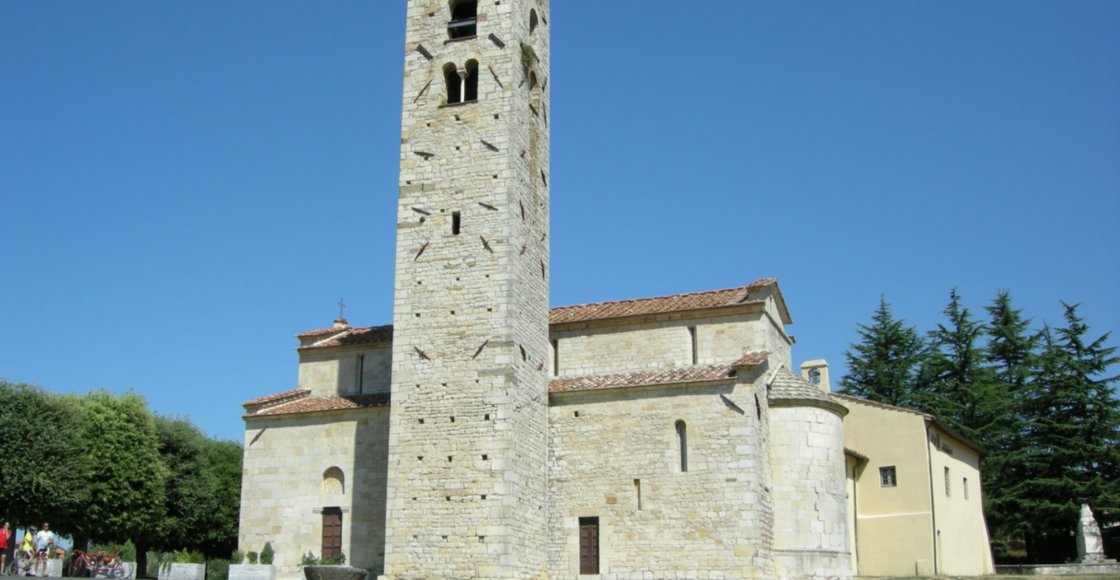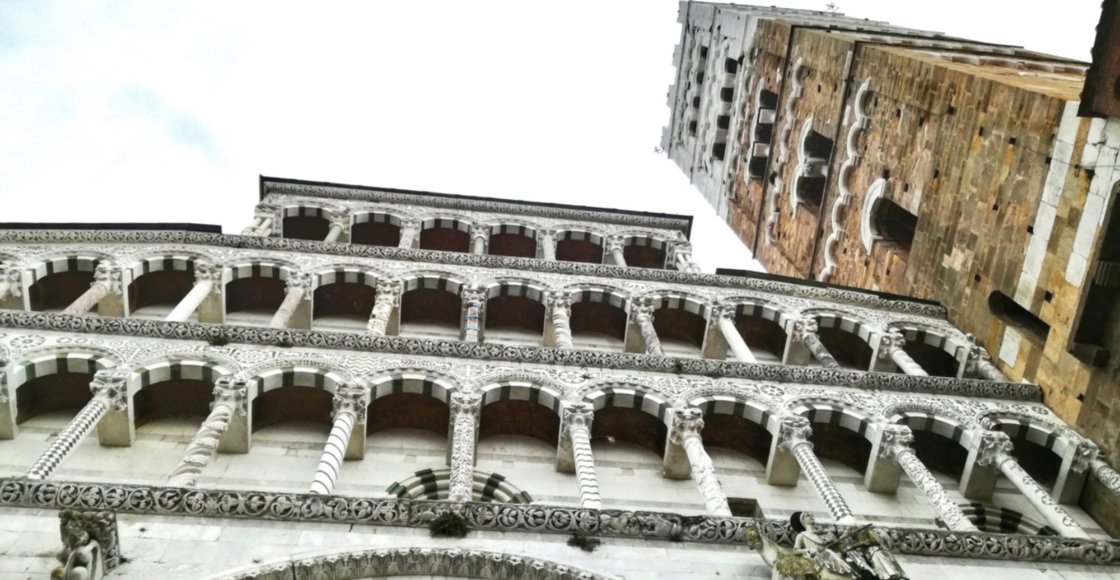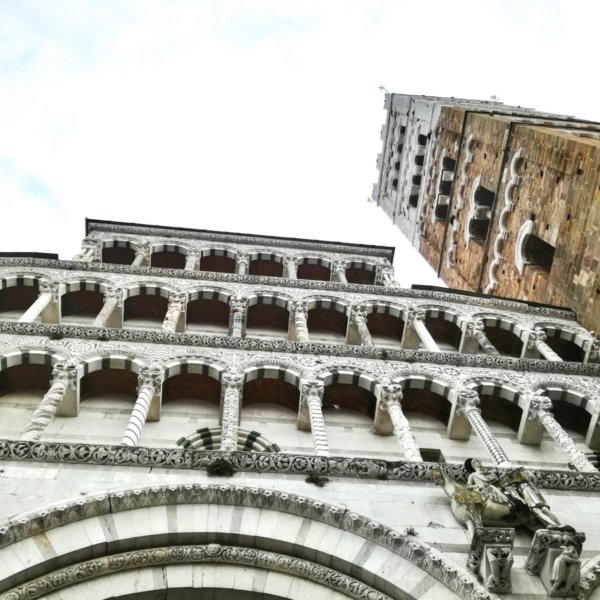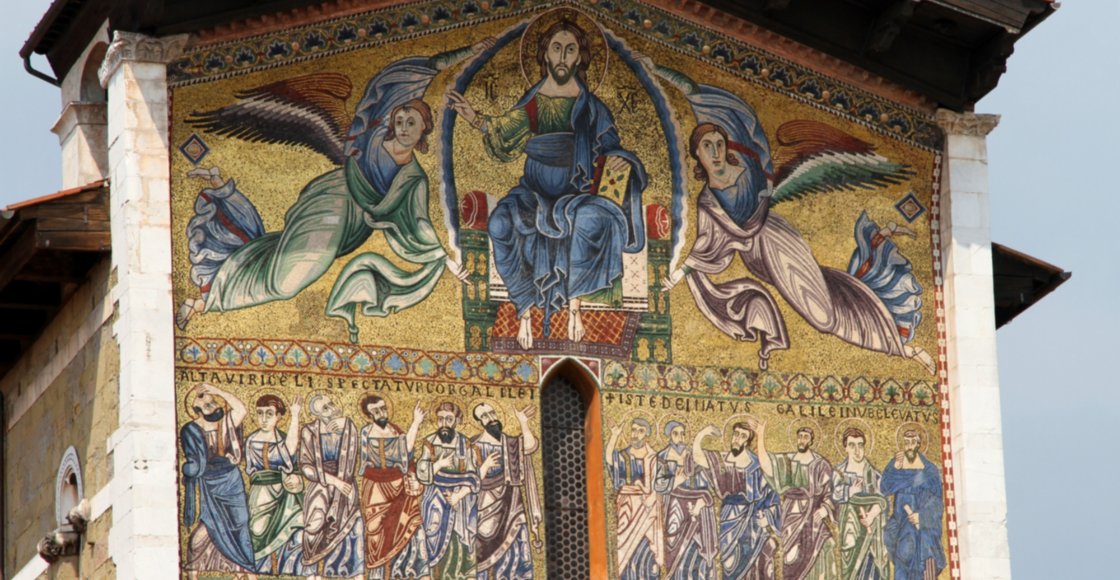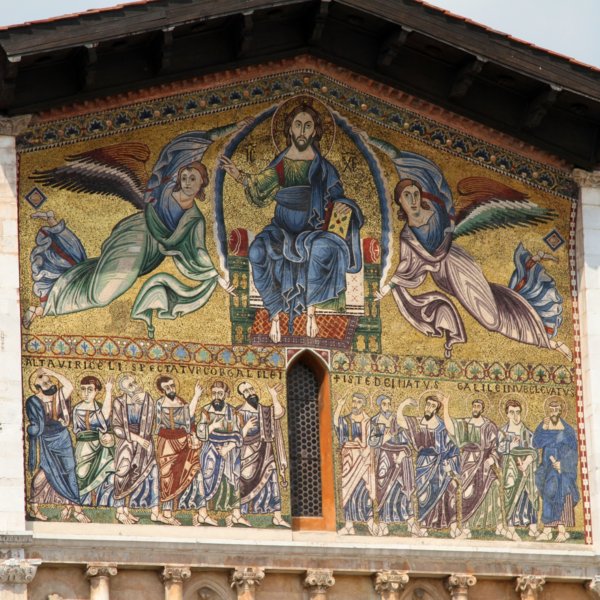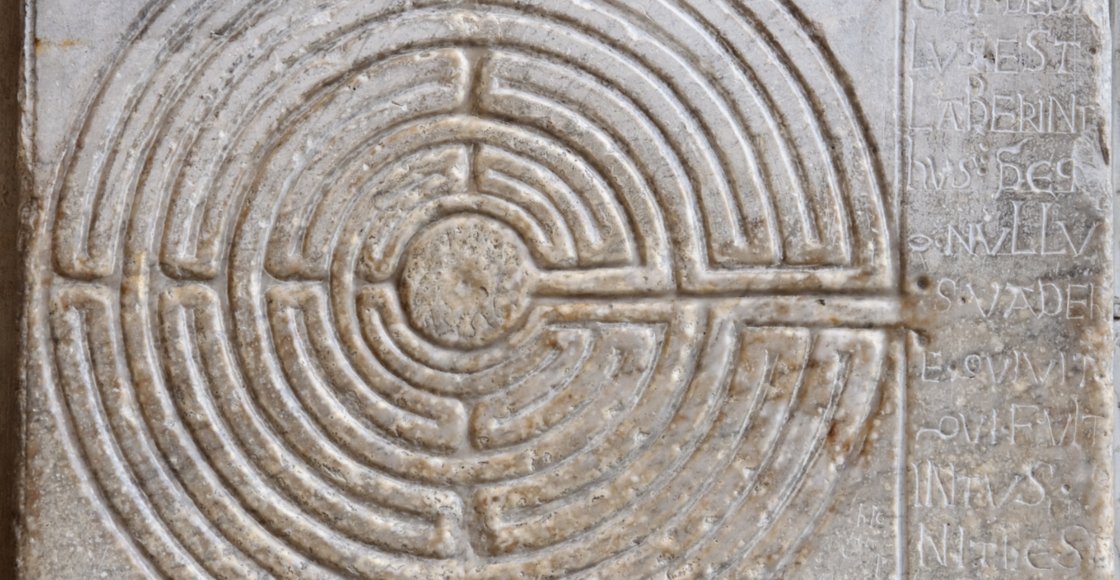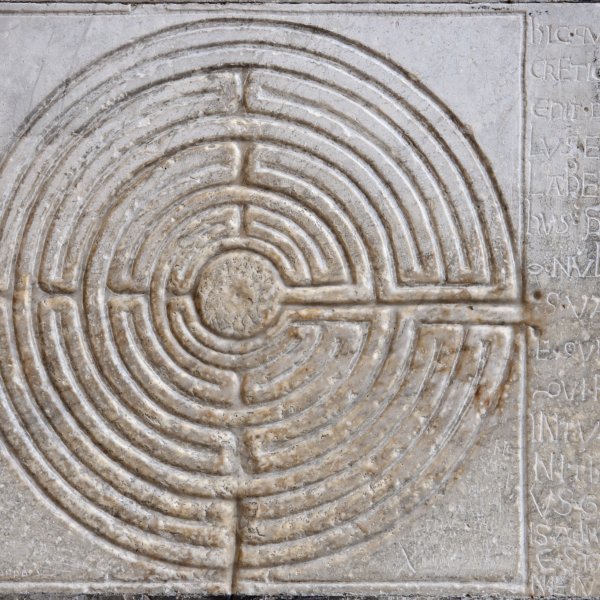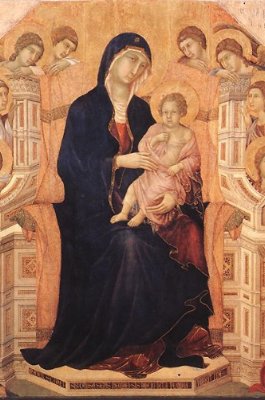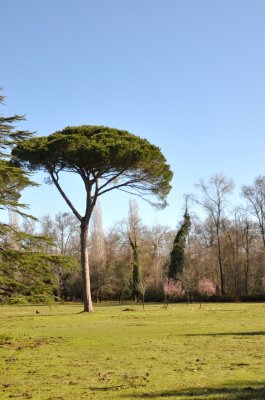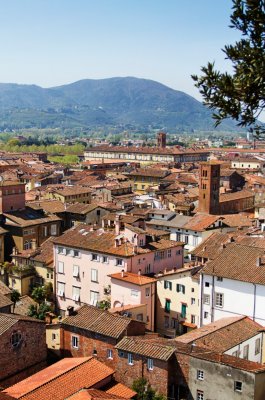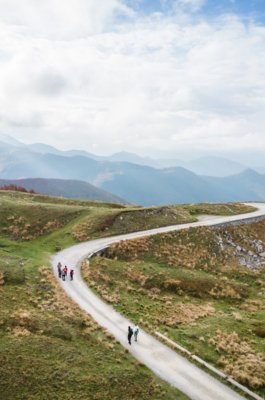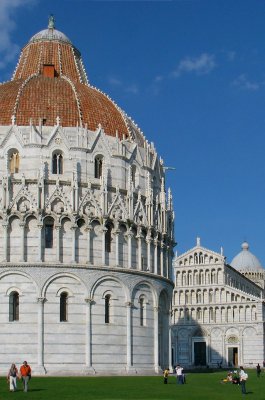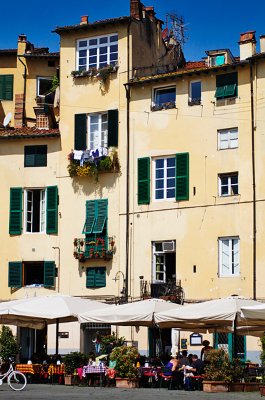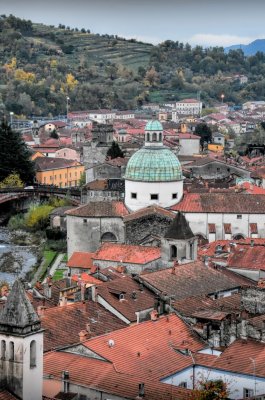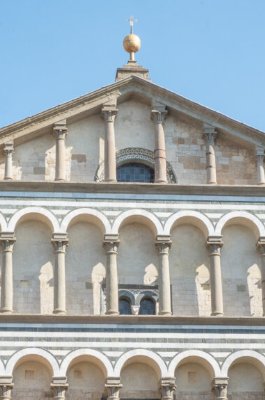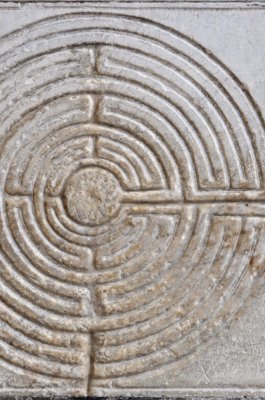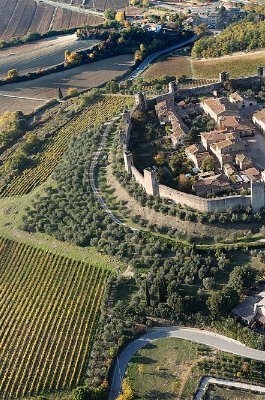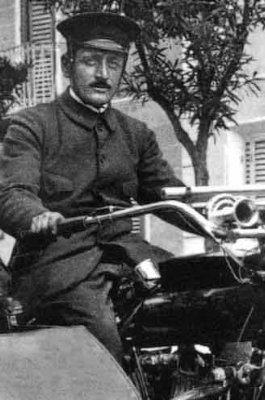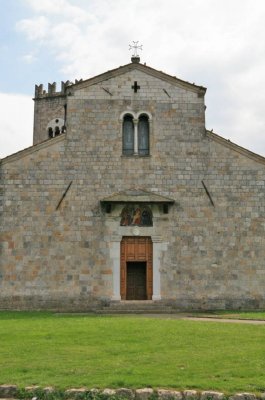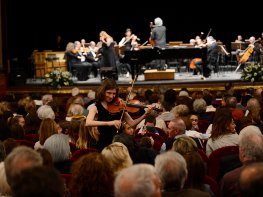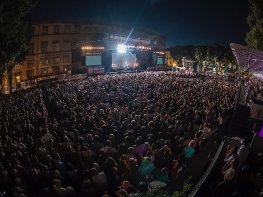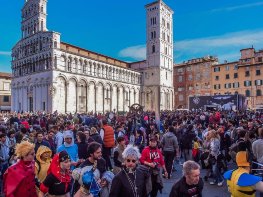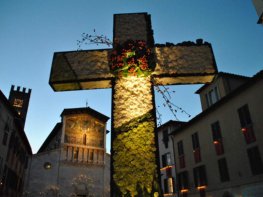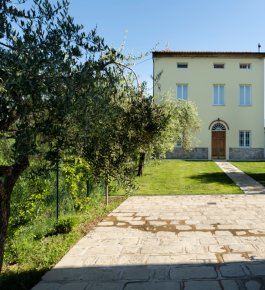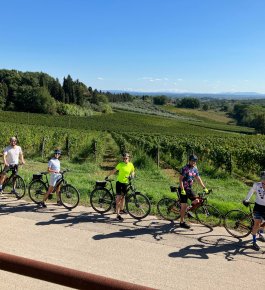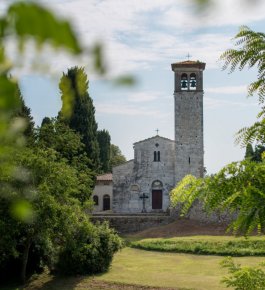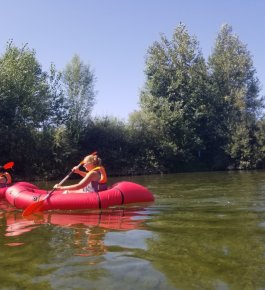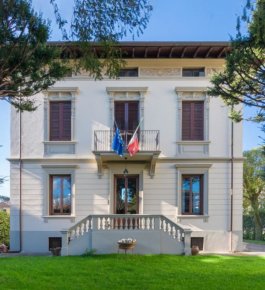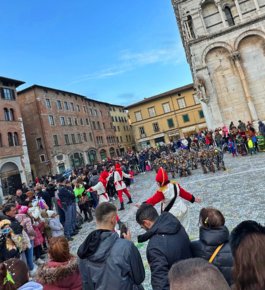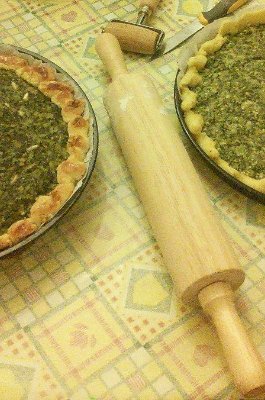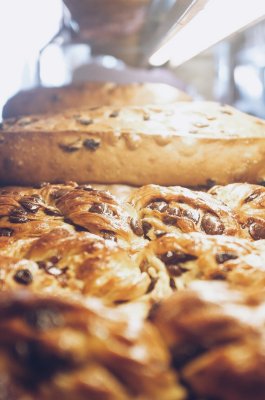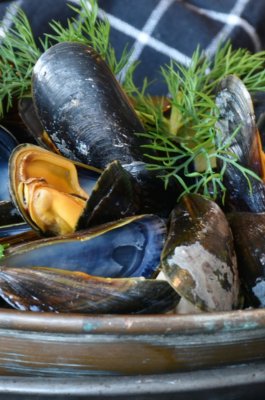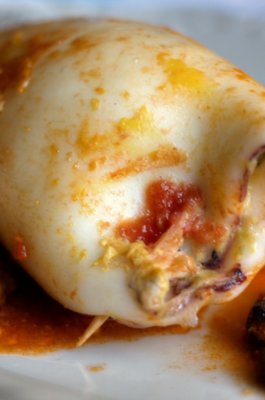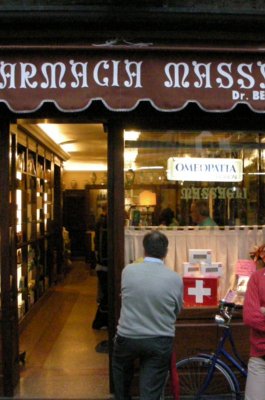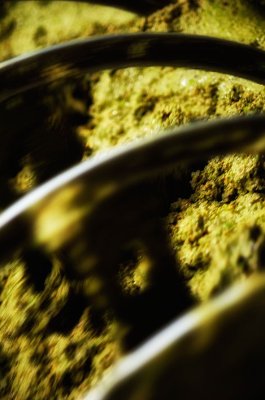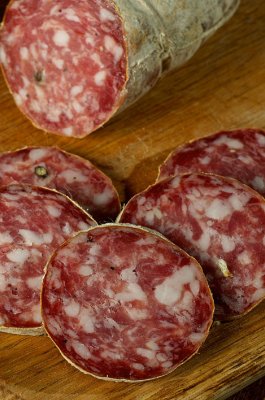The city of Lucca, a longtime pilgrimage site, prospered largely due to the fact that it was easily reached by travelers coming from the plains and two particular roads: via de Supra and via de Subtus. The former ran through a small town once known as ‘Feliciaio,’ while the latter cut through a Lombardic settlement, then called Tempagnano.
The first stop of most pilgrims who came to Lucca was the San Martino Cathedral, mostly due to a celebrated wooden crucifix called the Volto Santo, or ‘Holy Face.’ It is believed to have been carved by Saint Nicodemus. The most well-known story says that in 1282, a pilgrim named Leobino traveled to the city of the Volto Santo. Upon entering the Duomo and having nothing else to offer, he began to sing. Suddenly, a silver stockingappeared from the right foot of Jesus, for which Leobino was extremely grateful. The museum displays some silver stockings (17th century), alluding to this revelation, along with the garments that adorn the Volto Santo crucifix for the festival days of May 3 and September 14. In the city, many hospitals attached to the main churches helped restore weary pilgrims to health.
A 12th-century relief depicting Saint James is housed in the National Museum of Villa Guinigi. It was once kept in the Altopascio Hospital, another noted stop of many pilgrims. The Christianization of Spain is attributed to Saint James. After his tomb was rediscovered in the ninth century, the stops along the pilgrimage route were filled with images of Saint James in a protective role, holding a scepter and shield, riding through territories of the unfaithful atop his horse. But the image in the museum depicts a less common scene: the saint, seated on a throne under an archway, holding a scroll that reads: ‘IACOBUS DEI ET DOMINI NOSTRI IESUS XRISTI SERVUS.’ Surely inspired by the sculpture of the fourth century, the work is one of the most intriguing sculptures from Lucca and Pisa in the second half of the 12th century. It was probably once part of an altarpiece, which has been reimagined and reconstructed in the Museum of Lucca.
In Lucca there is also an interesting info point: the Via Francigena Entry Point, which offers a series of services for slow and religious tourism. In addition to the Museum, set up with interactive didactic multimedia paths, and the Casermetta, the Entry Point organizes events, presentations and conferences to promote the Via Francigena and the surrounding territory. Here you can request the pilgrim's credential, a document that certifies that you’re carrying out a pilgrimage, you can also receive the stamp and use the wifi.






